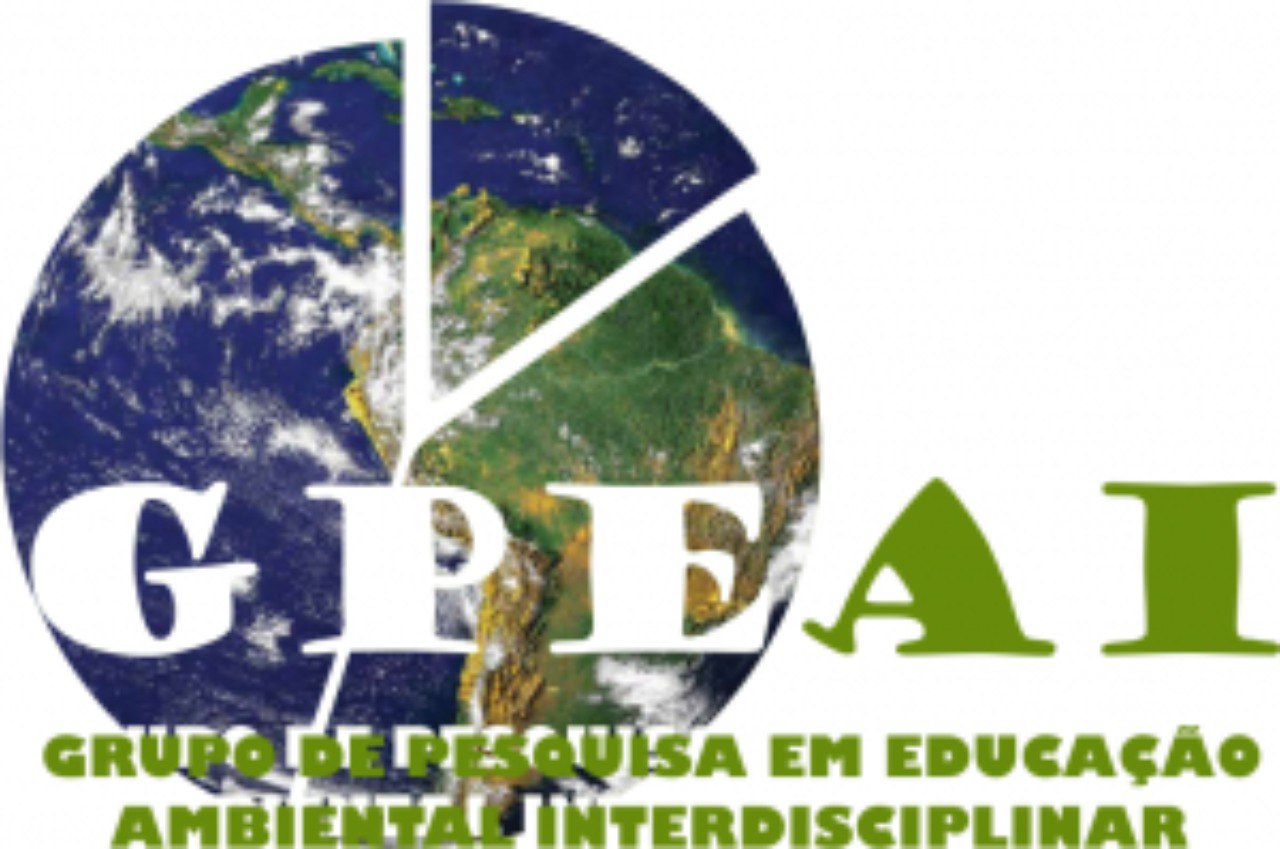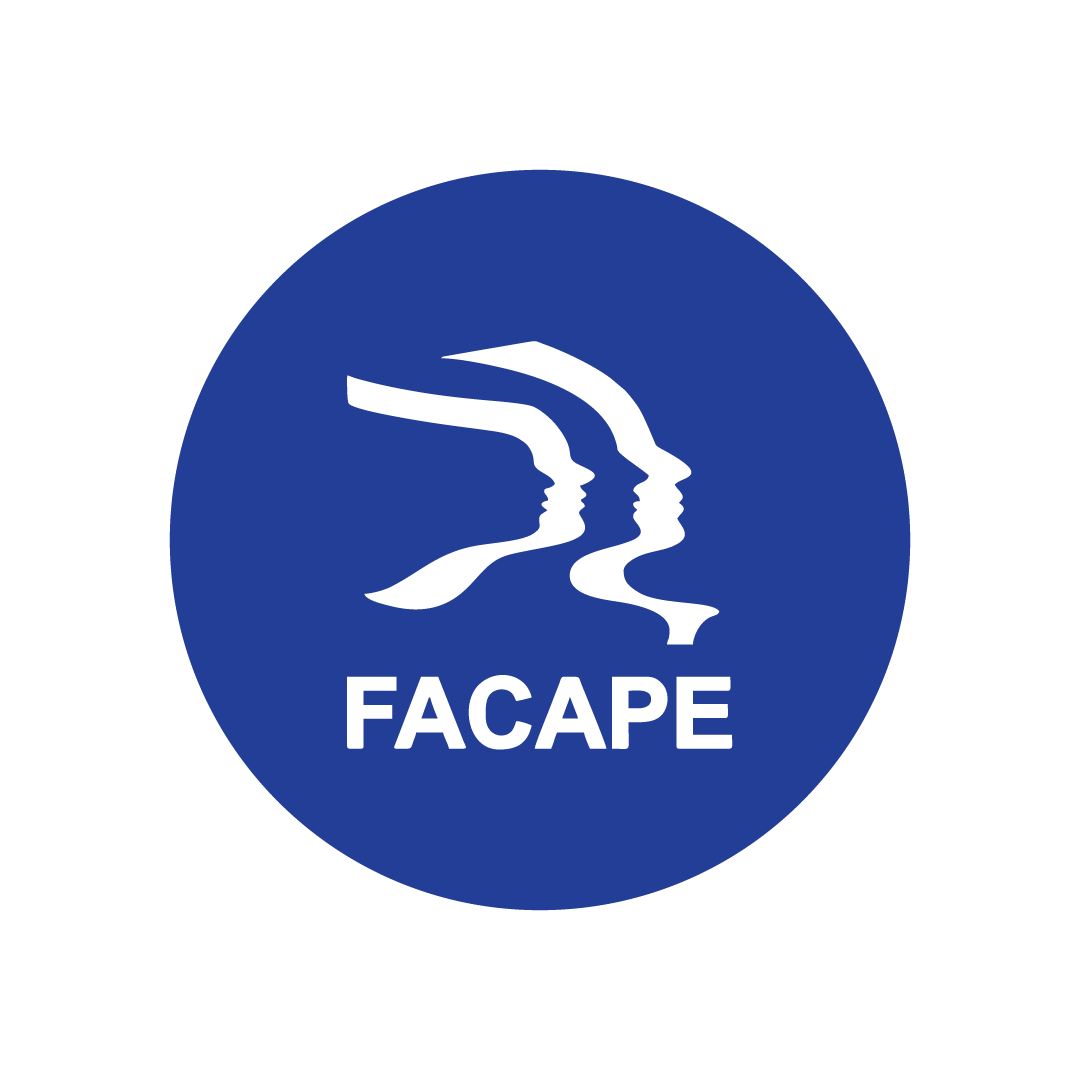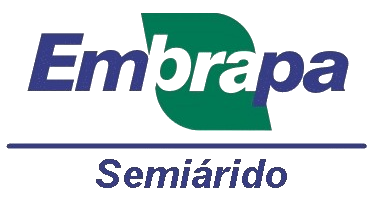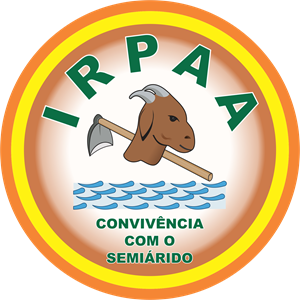RISKS AND INFLUENCES OF CLIMATE HAZARDS FOR AGRO-PASTORAL DEVELOPMENT AND STRATEGIES ADOPTED BY AGRO-PASTORALIST COMMUNITIES IN THE BOUGOUNI DISTRICT, MALI
DOI:
https://doi.org/10.5281/zenodo.10818691Keywords:
Focus Groups Discussion, Perception on Climate Change, Meteorological, Observations, Pastoral Resources, Pruning SpeciesAbstract
In the southwest of Mali, pastoral resources play an important role in the production and reproduction of livestock. These pastoral resources are very sensitive to climatic hazards and negatively affected their availability in quantity and quality. The main objective of this study was to analyze the risks and influences of climate hazards on pastoral resources and the strategies taken by agropastoralists to cope with them. To achieve this objective, meteorological data trends from 1950 to 2022 were analyzed. The socio-economic data were collected through a semi-structured survey administered to 404 head households, from focus groups through discussion with local stakeholders by using climatic risks matrix. The results obtained indicate a concordance between agropastoralists perception on climate change and meteorological observations concerning the decrease of rainfall (−213 mm; 63.3%), the increase of maximum and minimum temperature (+1.33˚C, +1.24˚C; 93.1%), and the increase of wind speed (+0.59 m/s; 97%) over the past 70 years. Respondents noted a deterioration in the conditions of pastoral resources due to climatic hazards compared to the last 40 years (44.8% for watering points; 23.5% for pastures; 63.1% for salty lands). Agro pastoralists have adopted measures that allow them to be resilient. These include the collection and storage of crop residues (49.5%), regular watering of animals (39.6%), changing of animals rhythms driving (35.9%), protection of pruning species (31.7%), and concerted reforestation (37.9%). Climatic risk-related hazards constitute a real threat to pastorals resources in the district of Bougouni.
Downloads
Downloads
Published
Issue
Section
License
Copyright (c) 2024 Green Journal

This work is licensed under a Creative Commons Attribution-NonCommercial-NoDerivatives 4.0 International License.


































